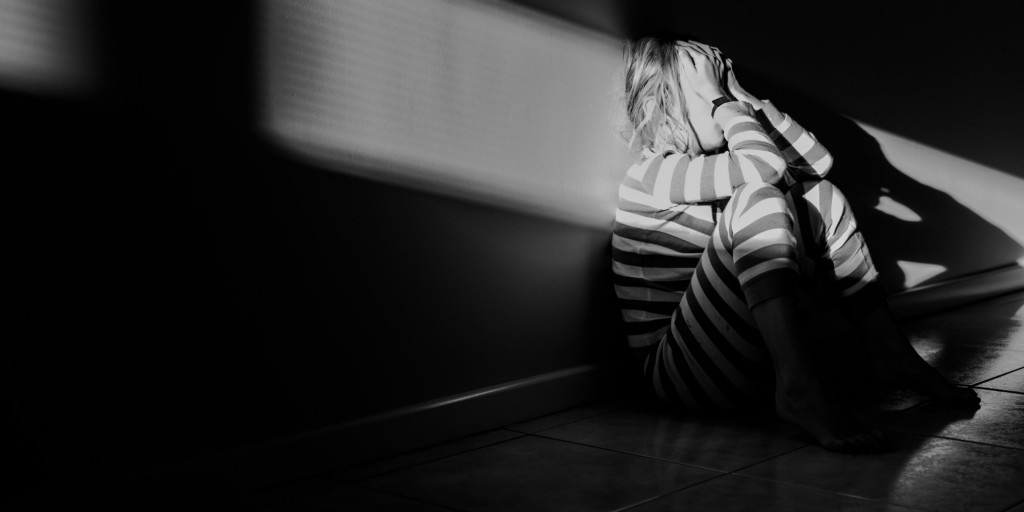
Solitary Confinement on the Rise in Canadian Prisons
You know you might be in trouble as a correctional system when one of the most notorious prisons in the US has begun to implement more progressive policies than yours. Rikers Island, the massive corrections complex that reeks of urine and desperation (known to any Law and Order aficionado), has been mandated by the New York corrections board to abolish segregation (otherwise referred to as solitary confinement) for inmates under twenty-one years of age. Meanwhile in Canada, we are ramping up our use of the controversial correctional tool as crime rates drop.
To be sure, some inmates need to be in solitary confinement for their own safety and that of others. Correctional officer and inmate safety is, and should be, a top priority. When crime rates seem to be on the decline and the over-incarceration of racialized and Aboriginal people has reached pandemic proportions, however, we must re-evaluate our use of inmate segregation.
Segregation has a particularly deleterious effect on vulnerable inmates such as those living with mental illness. In a recently published article in the Globe and Mail, one inmate described how she suppresses her emotions so that the corrections officers are deprived of “taking satisfaction in her struggles.” When she has reached out for help out of desperation, she says she was not believed because the guards are not accustomed to seeing her as a human being with emotions and needs.
Ashley Smith committed suicide in her cell after one hundred days in solitary confinement as the guards stood by and watched. She was 19 years old. Her death (by self-induced asphyxiation) was deemed a homicide by a Coroner’s Inquest in 2013. She died eleven years after the publication of a report by former Supreme Court Justice Louise Arbour on the Kingston Penitentiary’s women’s prison. The report recommended that inmates not be kept in solitary confinement for over thirty days and no more than twice a year.
The UN committee tasked with examining this issue echoes the findings of the Arbour report. The Optional Protocol to the Convention Against Torture, which Canada is being urged to sign, outlines the negative impact segregation has on inmates. The Canadian Medical Association seems to concur, calling segregation “cruel and unusual.”
For those unswayed by the human facet of this issue, there are also practical reasons for opposing the undiscerning use of segregation. It seems that solitary confinement, when used improperly, causes more problems than it solves. It makes it more difficult for inmates to readjust to the general prison population and to life after prison. Some experts link segregation and recidivism. Moreover, inmates in segregation are often prevented from participating in rehabilitative programs (which are already rare and underfunded as it is). Although this can be justified in certain circumstances, these programs are all society has to rely on when inmates are released. Every step should be taken to ensure inmates, even those in segregation, receive the treatment, counselling, and help they need to re-acclimate to the world on the outside.
For those interested in criminal law, these issues are ever pressing. With over 90 per cent of cases ending in either a guilty plea or conviction, and coupled with the rise in mandatory minimums, the prison system and life therein must be critically examined.
Currently, little is known about the decision-making procedure, if any exists, for determining who will be put in segregation, for how long, and under what type of conditions. Even if limits were to be placed on the use of segregation, there should be more transparency and oversight, and perhaps even avenues for appeal or accommodation where needed and justified.
The British Columbia Civil Liberties Association and John Howard Society have launched a challenge to Canada’s use of segregation, and the application to leave will be filed as this issue goes to print. The BCCLA previously (and successfully) sued the Government of Canada on behalf of Bobby Lee Worm, a young Aboriginal woman who was held in solitary for over three and a half years.
The current challenge, which argues that segregation violates sections 7, 9, 10, 12, and 15 of the Charter, is an example of civil society actors using the law to effect change where there is little, if any, political will. The case will likely find its way to the Supreme Court and the BCCLA will need to make particularly compelling arguments, given the current composition of the Court. The current government has made some laudable reforms to the Criminal Code (parts of the cyber bullying amendments, for example), but their sometimes misdirected or poorly implemented tough on crime approach is also at the heart of this problem.
While society certainly has an interest in preventing, denouncing, and deterring criminal behaviour, the real question is how we aim to do this. There has been a shift away from the punitive approach, with many scholars and judges favouring the rehabilitative model. Segregation runs counter to this approach and only serves to fuel criminality. Limits on its use and greater transparency are urgently required.
